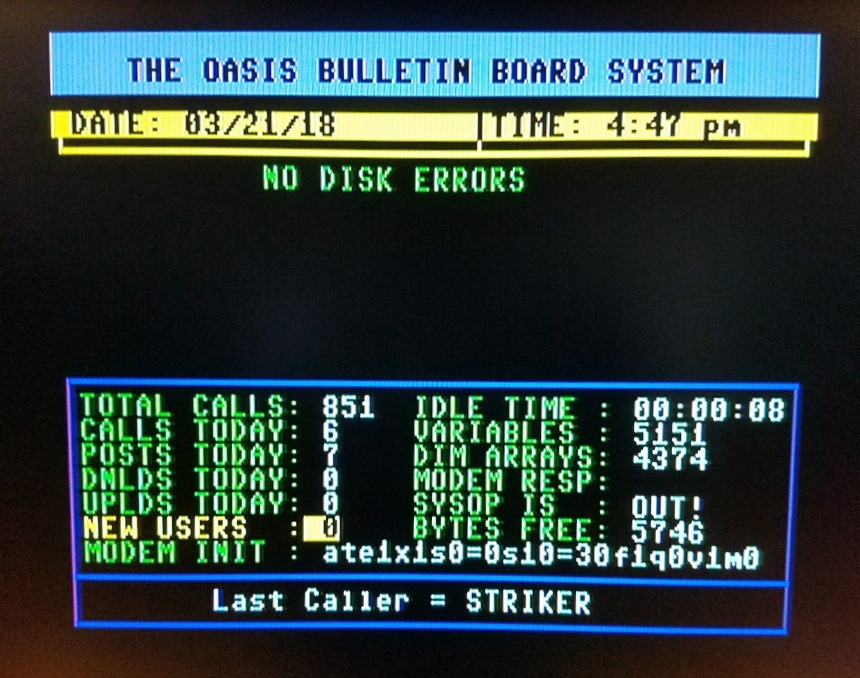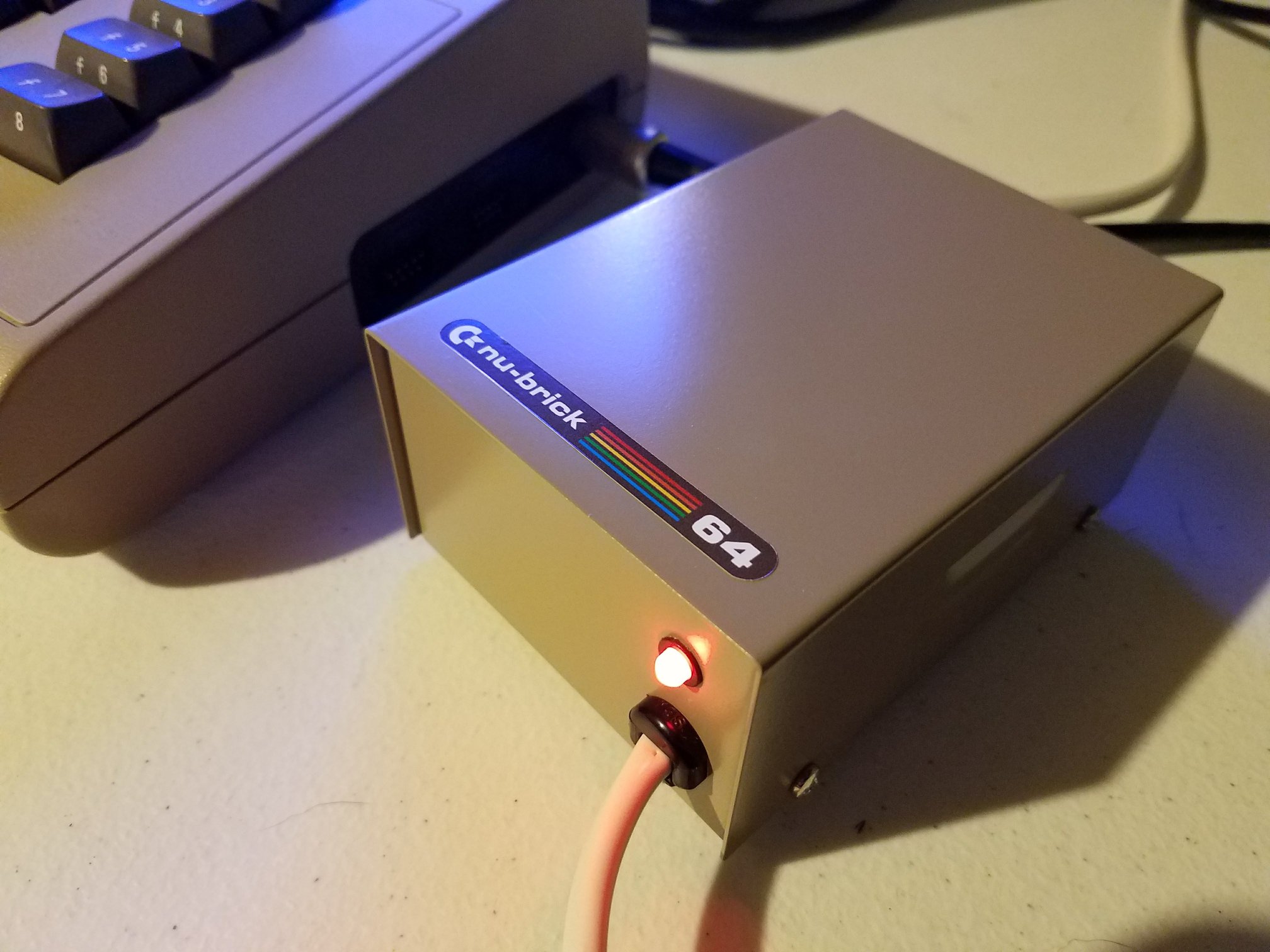If you’ve ever stared at a Commodore 64 demo wondering how it defies hardware limits, the latest Fairlight TV episode has answers. Titled VIC Tricks, this nearly two-hour deep-dive is co-hosted by Pontus “Bacchus” Berg and Adam “Trident” Dunkels, and it’s packed with timing tricks, register hacks, and classic VIC-II mischief. The episode is all about tricking the VIC chip—exploiting the quirks of the C64’s video hardware to create impossible visuals.
From the outset, the hosts revisit Commodore’s most vital contributions: the VIC-II graphics chip, the SID sound chip, and the 6510 CPU. These chips are the canvas. What follows is a comprehensive breakdown of what you can make them do when you push them just a little… wrong.
VIC Tricks doesn’t just skim the surface. It walks through key effects like FLD (Flexible Line Distance), FLI (Flexible Line Interpretation), and VSSP (Variable Screen Position). These aren’t buzzwords—they’re practical tools in the demo coder’s arsenal. The discussion includes sprite stretching, screen splitting, ghost byte artifacts, and the notorious border-opening technique that allows sprites to float into previously forbidden territory.
A major highlight of the video involves tricking the VIC chip with undocumented 6502 opcodes, sometimes called “immoral instructions.” These allow multiple writes in a single cycle—essential for timing-sensitive effects like opening side borders or squeezing in extra sprites. And when it comes to line crunching and sprite reuse, the team walks through effects that look like magic but are rooted in hardware timing quirks.
Later in the episode, they return to the idea of tricking the VIC chip when explaining how stable raster techniques enable full-screen effects without flicker, jitter, or unintended corruption. It’s here that the most subtle hacks—like rerouting bad lines or bending vertical scroll behavior—become essential tools for any serious demo creator.
This is not just a highlight reel of effects—it’s a blueprint. From obscure memory behaviors to visual glitches turned into features, VIC Tricks demonstrates how deep the VIC-II iceberg really goes. Whether you’re a newcomer or a scene veteran, there’s plenty here to study, replicate, or shamelessly steal for your next compo entry.







